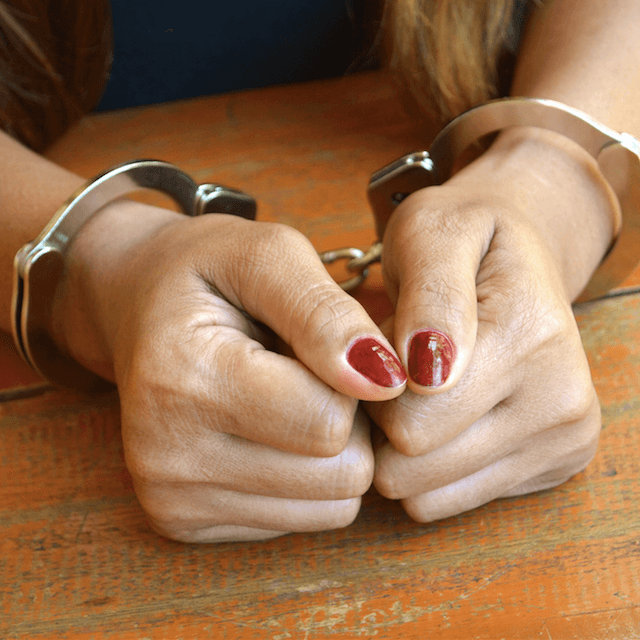Largely as a result of the War on Drugs, the number of women in prison increased by 800 percent from 1997 to 2007. This rate is far faster than that for men, and women now make up around seven percent of state and local jail populations.
The unique issues that face women before, during and after prison have caused them to be financial drains on the criminal justice system, signaling that it is time for gender-specific reforms.
Why more women are going to prison
It turns out that the War on Drugs had a disproportionate effect on women because more women are convicted for nonviolent, drug-related crimes than any other offense.
From 1986 to 1996, despite the fact that less women were actually using drugs, the number of women incarcerated for drug offenses increased by 888 percent, compared to a 129-percent rise for non-drug offenses.
Today, two-thirds of women in federal prison are there due to nonviolent drug offenses.
The costs of incarcerating women
Numerous states, faced with a rising female inmate population, have seen that women cost more to incarcerate than men. Maine, which has seen its female inmate population increase sixfold since 2002, estimates that women cost nearly twice as much as men to hold in prison.
Beyond the face value, there are hidden costs that pop up more from incarcerating women than men.
Incarcerated women are very likely to have been the breadwinner for their family prior to incarceration: 52 percent of women in state prisons were the primary financial support for the family prior to conviction.
Further, two-thirds of women in prisons are the mother of a minor child. This means that when they are incarcerated, their child could be left parentless and without proper finances. Over 1.5 million American children currently have a parent in prison.
This matter is compounded by the fact that half of all women in prison are incarcerated more than 100 miles from their families, 38 percent of whom will not see their children at all during their incarceration. If a mother doesn’t demonstrate an “active connection to her children for twelve out of fifteen months,” the children can be placed for adoption.
It’s a dangerous cycle. Without proper parenting and income, children can end up following in their parent’s footsteps and landing in jail. Though some researchers dispute the real number, a Central Connecticut State University study concluded that children of the incarcerated are about three times as likely as other children to be involved with the criminal justice system.
The fundamental differences between male and female inmates
Numerous studies have concluded that women tend to go to prison for different reasons than men. The vast majority of women in prison (85 to 90 percent) have been victims of violence prior to being incarcerated, including domestic violence, rape, sexual assault and child abuse.
[postquote]
This tends to affect women of color more than white women – women of color who are victims of abuse are more likely to be labeled as offenders than white women, who have a better chance of being treated as victims and redirected to child welfare and mental health programs.
Substance abuse is another primary factor that leads to the incarceration of women. It is estimated that up to 80 percent of female prisoners suffer from substance addiction, a higher number than that of men.
Once incarcerated, the differences in physical and mental health needs between women and men are painfully clear.
Studies have shown that female prisoners tend to have more serious health problems than male prisoners . Reproductive systems put women at risk for female-specific disorders, but female prisoners have higher illness rates for a whole slew of physical problems and diseases.
Mentally, women also experience more psychological distress (anxiety, depression, guilt, and conflicting demands) on a day-to-day basis and over their lifetimes than men do.
Health care in prisons has traditionally been problematic for both male and female inmates, but has particularly lacked for female inmates due to their smaller population and significant needs. As lawsuits have forced change, the costs of providing health care to female inmates have spiked.
Our take
Considering the causes associated with women’s incarceration, we need to keep providing more resources for victims of abuse. When we factor in how histories of abuse can lead to problems with substance use, we must provide rehabilitation to treat those afflicted with substance abuse.
And, for those who still make it into prison, we must make visitation easier if we hope to provide more stable parenting for children and keep them out of the criminal justice system later in life.
Have something to add to this story? Comment below or join the discussion on Facebook.
Header image: Getty









































